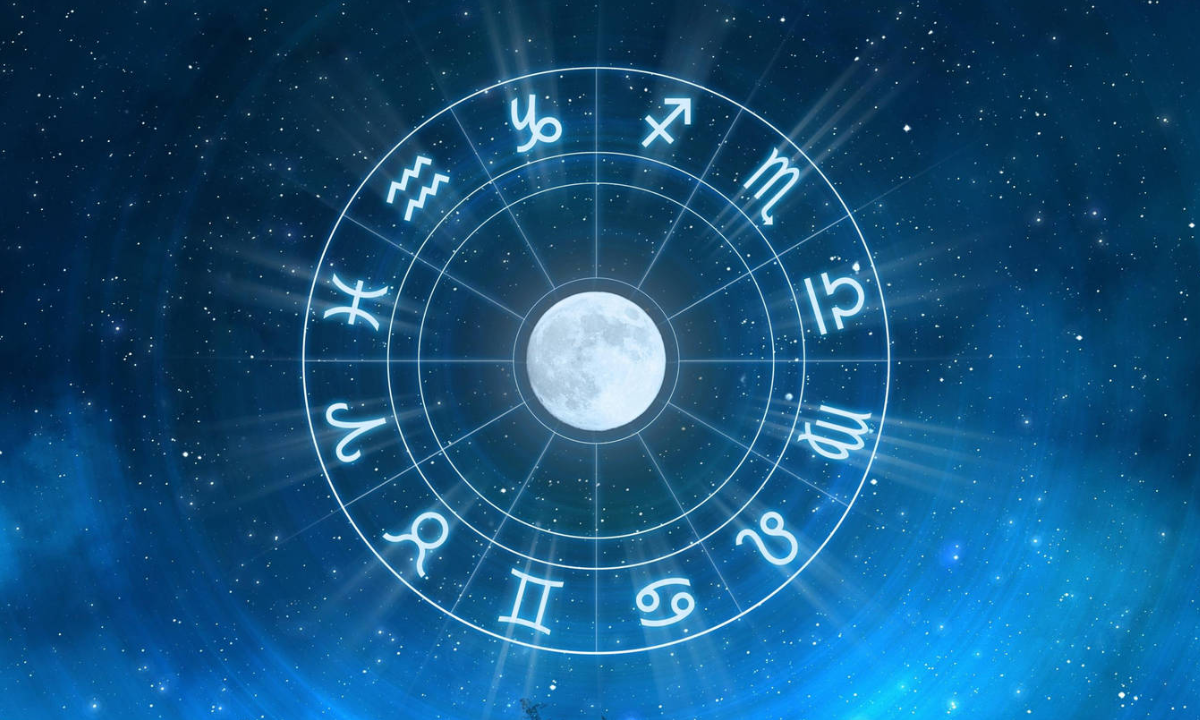AskHauterfly: What’s The Deal With Chemical Peels?

The first time I heard about chemical peels was when someone was booking an appointment for one while I was waiting to see my dermatologist. To say that I positively freaked out is an understatement; what else do you expect when two deadly words like ‘chemical’ and ‘peel’ are mentioned in the same breath? And wait a minute, people are paying to do this to themselves? Before I could reign in my thoughts, images of horribly scarred faces started flashing before my eyes. I’m pretty sure I’m not the first (nor the last person) to react like this. If you too are curious about this whole thingamajig, I’ve dug up everything you need to know about chemical peels.
What is it?
Simply put, chemical peels exfoliate the skin. A chemical solution is applied to the skin to “damage” it in a controlled manner and create a superficial wound. This makes the topmost layer of the skin start to peel off, making way for new skin that is smoother, less wrinkled, and looks far better than it did previously.
What skin issues can be tackled with chemical peels?
Chemical peels can be done on the face, neck, and hands. They help reduce fine lines in the under eye area and around the mouth, and also help to reduce wrinkles caused by age and sun damage, age spots, freckles, and pigmentation caused by pregnancy. They also lighten mild scars and are helpful in treating certain types of acne. They can also be done as exfoliation processes to improve the appearance of dull and tired skin. If any of the above mentioned issues are your concern, then you are a good candidate for chemical peels.
Who should avoid it?
Pregnant women and nursing mothers should definitely wait to get this done. Women suffering from eczema, psoriasis, dermatitis, and rosacea should not get chemical peels. Individuals who have infections, cut or broken skin, and active skin diseases should avoid this. Also this is far more effective on fair-skinned people than those who have dark skin tones as there’s a chance of disturbing reactive melanocytes, which means skin can look patchy. Candidates who are using retinoids and AHA — products that contain bleaching or skin-lightening ingredients — must wait at least a week before going in for a chemical peel.
When should you start?
Late 20s would be a good time to start getting chemical peels. Unless you have acne, there is no need for a young patient to start chemical peels.
Is it painful?
Chemical peels are not painful. They sting, but that’s about it. After the treatment you might notice redness, swelling, irritation, and crusting but it’s nothing extreme and certainly not something you can’t deal with.
What is the aftercare like?
Milder peels will need a week to heal. Stronger peels will need two-three weeks of healing, depending on the severity of the problem. After your peel, your skin will look sunburnt until your skin sheds the upper layer completely. During this process your skin might look red and inflamed. Avoid sun exposure as much as you can and ensure that you are always wearing sunscreen. Don’t smoke, consume alcohol and processed foods, and ensure you are well-hydrated. Follow the dermat’s instructions and follow the skin care regime as suggested.

















